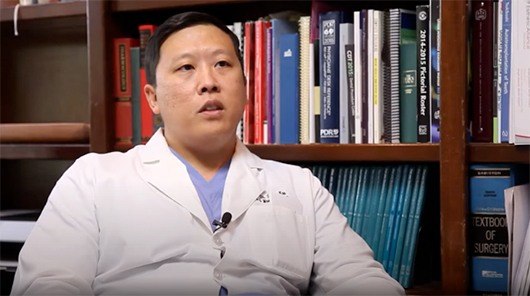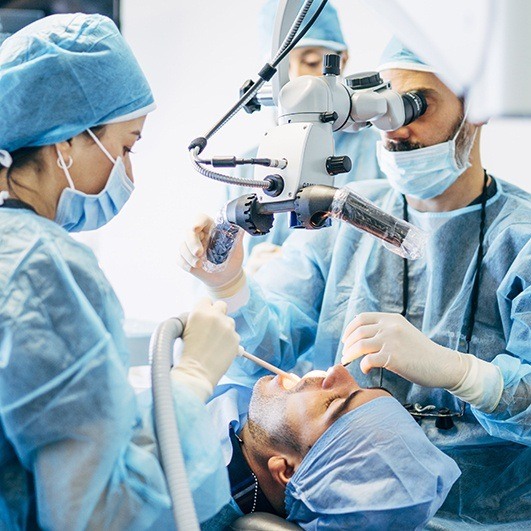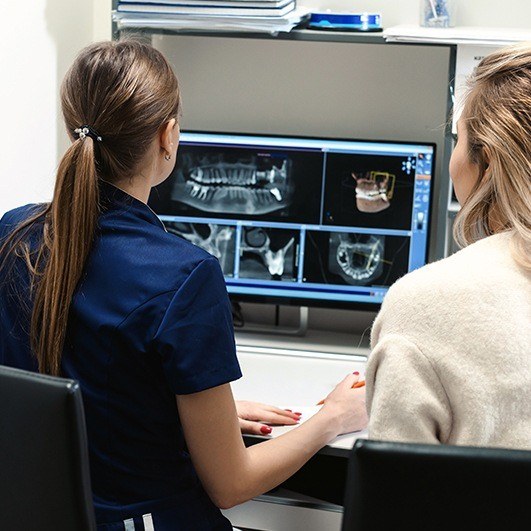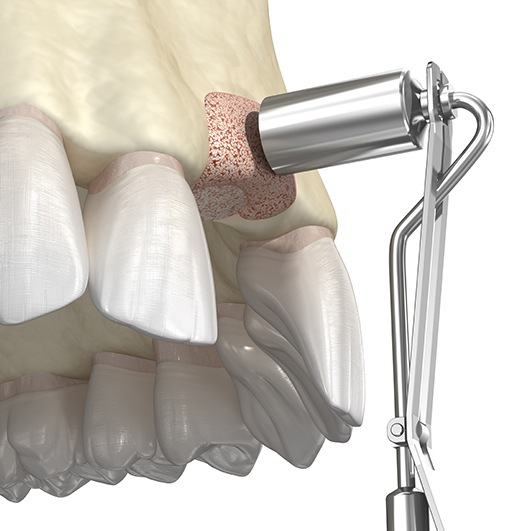Dental Implant Technology – Houston, TX
State-of-the-Art,
Patient-Centered Care
An orthopedic surgeon called Branemark successfully placed the first dental implants in 1965. Since then, oral surgeons have had time to refine the procedure with new techniques and technology. Thanks to these advancements, the success rate of dental implants is now around 95%! Naturally, you’ll find that Piney Point Dental Implant Center has stayed up to date with the latest technology; below are just some of the ways we’ve remained on the cutting edge by using advanced dental implant technology in our Houston, TX oral surgery office.
Illuma CBCT Scanner

ILLUMA can create detailed, truly revolutionary images for your oral surgeon so the planning of your implant procedure is extremely precise. The entire process only requires a few minutes, and the amount of radiation received is negligible. Patients can personally view these images and attain a sense of confidence about their treatment plan before any surgery is performed.
CT Scan Guided Surgery

Accuracy and precision are crucial when it comes to performing a successful dental implant placement. With the help of CT scan and computer planning technology, the results of your surgical process are more promising than ever before, allowing for renewed oral health, a stronger aesthetic appearance, and increased implant longevity.
How can CT Scan Guided Surgery help me?

This advanced system assists Dr. Koo not only in placing your implants in the ideal position for later restoration, but also evaluating your oral condition ahead of time and foreseeing potential issues. It can be determined whether or not bone grafting is necessary before implant surgery, and any anatomical concerns can be avoided. Having all of this important knowledge is possible because the CT scan provides your surgeon with the exact dimensions of your mouth, including the jawbone, sinuses, nerves, and more.
Who’s right for CT Scanner Guided Surgery?

CT-guided implant placement is usually more strongly recommended for patients who are in need of full-mouth restoration, those who’ve suffered significant bone loss, or those who are facing cosmetic concerns. Typically, cases with any kind of complexity involved can benefit from this technology. It may not be deemed necessary for conventional surgeries.
The stages of planning implant placement with CT Scan Guided Surgery include:
- Capturing the scans comes first, and the process is extremely simple and comfortable for the patient. First, a custom splint with radiographic markers in certain areas is created and placed within the patient’s mouth. This provides direction for an implant’s location. The CT scan, in turn, provides precise positioning, the proximity of important nearby structures, and the exact width and depth of the patient’s jawbone.
- The data collected by the CT scan is then used to create a detailed, three-dimensional model of the patient’s mouth. Dr. Koo places implants virtually, ensuring their correct width and length and taking into account the location of other structures. He even shares the information with patient’s restorative dentist to ensure that the implants will support the prosthesis.
- Finally, this digital work-up is used to create detailed surgical guides so Dr. Koo can place the implants and ensure their success in a virtually identical fashion.
Tissue and Bone Engineering

When it comes to the placement of dental implants, many patients have found lack of gum tissue or deteriorated jawbone to be a roadblock in their quest to achieve a full, strong smile. Thankfully, our Houston implant surgeon is proud to offer the latest in bone and tissue engineering technology. With these state-of-the-art techniques, your missing structure can be seamlessly restored and a new, durable foundation for implants and replacement teeth can be created. These include:
- rhPDGF – This grafting system is actually synthetic and causes countless molecular events to occur within the body encouraging bone regeneration. In fact, this regeneration continues even after the implanted material is gone.
- rhBMP2 – Your body naturally produces a certain protein that helps to heal bone and regulate its growth. However, it’s only present in a small amount. This is a genetically engineered version that helps to form new bone where it’s placed, resulting in successful, predictable growth.
- Platelet Rich Plasma (PRP) – This component is created from the patient’s blood and several growth factors that enhance the healing and new growth of bone and soft tissue. The treatment takes around 15 minutes, and patients don’t have to worry about side effects.
- Enamel Matrix Protein – This technique began over a decade ago when it was discovered that a certain native complex of “matrix proteins” actually can play an important role when it comes to the development of tissues that support teeth. Today, your surgeon can use them to positively affect the soft tissue and cause new periodontal attachments to be formed.

